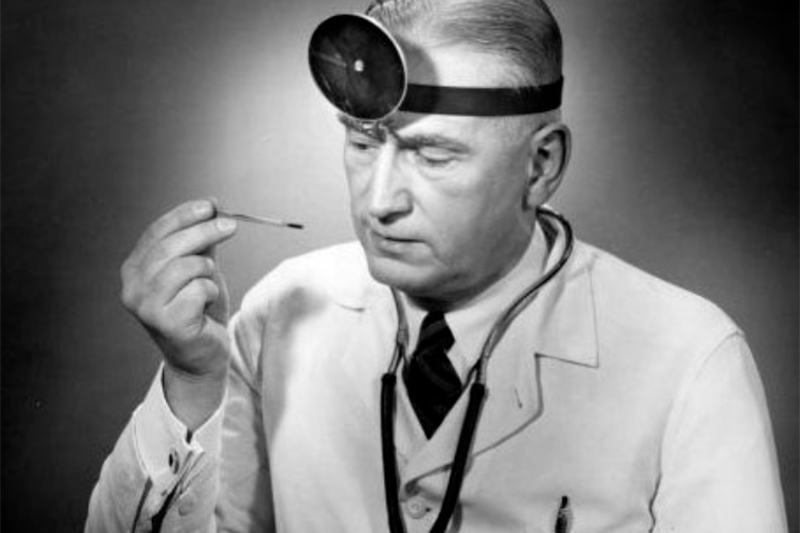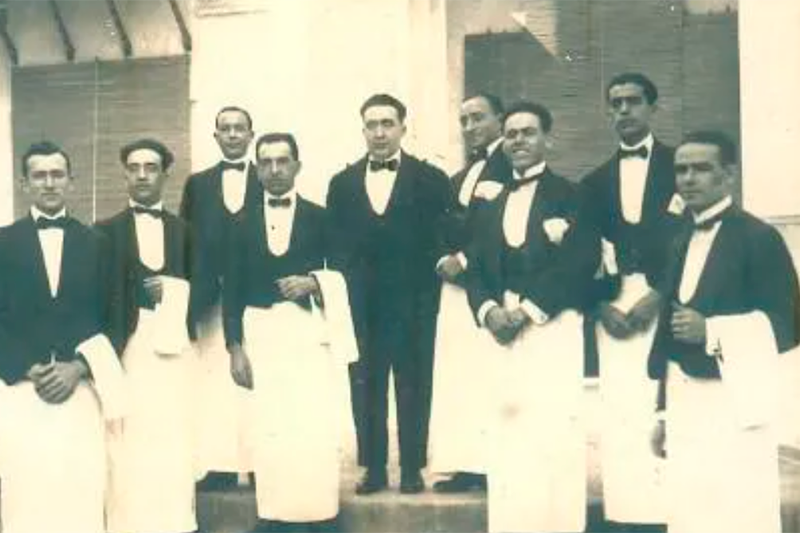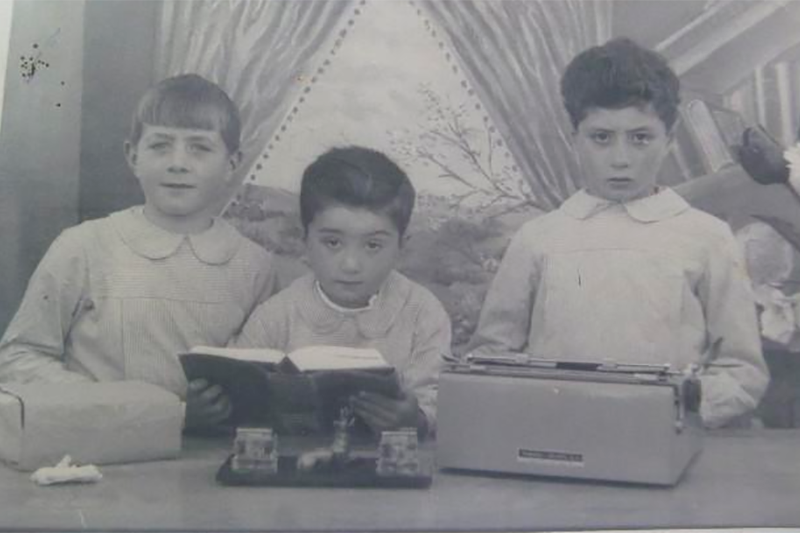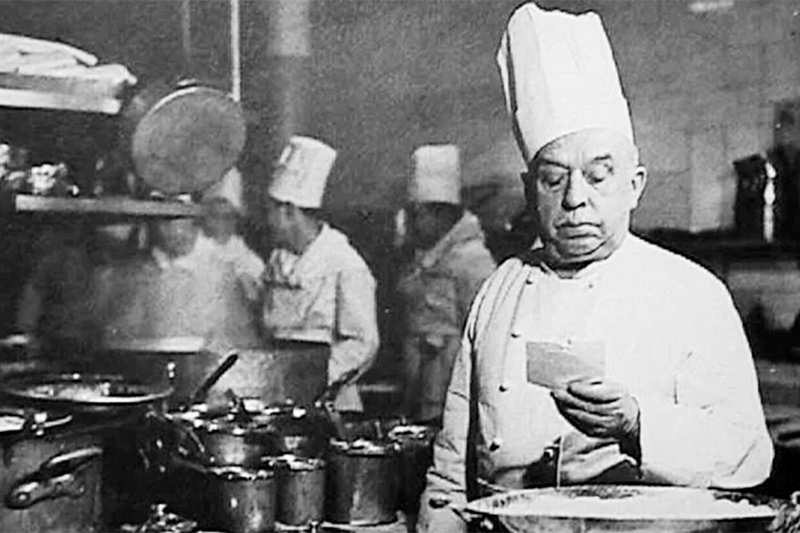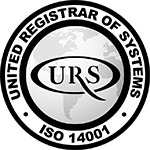WORK UNIFORMS: FROM IMPOSITION TO CORPORATE IDENTITY
Blouse Woman Rosalía (659600)
1. Introduction:
Workplace uniformity has come a long way throughout history. From the earliest dress mandates imposed by rulers to today's expressions of corporate identity, the evolution of uniformity reflects significant social, cultural and economic changes. In this article, we will explore how workwear has evolved over time, from its initial function to its current role in representing corporate identity and empowering employees.
2. The beginnings of uniformity. Symbolism and hierarchy:
Uniformity in the work environment dates back to ancient times, where leaders and rulers used clothing to mark hierarchical differences. Uniforms became symbols of status and power, differentiating social classes and workers of different trades.
3. Industrial Revolution. Efficiency and safety:
With the advent of the Industrial Revolution, uniforms took on a new purpose: work efficiency and safety. Factories and industrial environments required specific uniforms to protect workers from hazards and to identify them in the midst of complex machinery and processes.
Jacket Kitchen Unisex Castro (946700)
4. Military uniforms and public services:
The military and public services also played an important role in the evolution of work uniforms. Military uniforms became increasingly standardised and were used as symbols of identity and discipline. Similarly, public service employees, such as police, firefighters and medical personnel, adopted uniforms to be easily recognisable in emergency situations and to convey authority and confidence to the community.
5. The Corporate Era. Brand Identity and Professionalism:
As the 20th century progressed, companies began to recognise the value of uniformity as a tool for brand identity and professionalism. Corporate uniforms were designed to reflect a company's values and image, and to establish a consistent appearance across all its subsidiaries and employees.
6. Individuality and empowerment:
In recent years, there has been a shift towards greater individuality and empowerment in work uniforms. Companies have begun to allow greater flexibility in uniform styles and colours, allowing employees to feel more comfortable and express their personal identity within certain established boundaries.
Smock Juego Agatha (300018)
7. Personalisation and technology:
Technology has played an important role in the evolution of workwear. Uniform customisation has become more accessible, allowing companies to add names, logos and specific details to garments. In addition, the incorporation of technological materials has improved the comfort, safety and functionality of uniforms.
8. Inclusion and diversity:
Today, work uniforms have also become a means to promote inclusion and diversity in the workplace. Companies are adopting uniforms that accommodate different sizes, genders and cultural needs, ensuring that all employees feel comfortable and represented.
Jacket Kitchen Unisex Vulcano (930007)
9. Conclusion:
The evolution of workwear throughout history has been marked by changes in society, the economy and the demands of companies and employees. From its initial function as a symbol of hierarchy to its current role in corporate identity and the expression of individuality, workwear continues to adapt and transform. Today, uniforms represent not only outward appearance, but also values, culture and empowerment in the workplace. Be sure to keep the key points and the message clear.
Today's work uniforms combine tradition, comfort and brand identity. Discover ours here.






